Despite global recognition for their biodiversity, Sri Lanka’s moist tropical evergreen forests seem to be less valued by its citizens, as development goals and population pressures have steadily eroded forest cover, often leaving only isolated patches which still sustain rare and endemic species.
Buoyed by green credibility and a conducive policy framework that was afforded to renewable energy, mini hydro power projects have mushroomed in the South-west, harnessing water sources that are often found in pristine and untouched rainforests. While the absence of carbon emissions has enabled mini hydropower to pass as green and sustainable, its effects on the region’s ecology have been anything but positive. This is largely due to an ineffective approval and clearance process, which has enabled mini hydro power plants to wreak havoc on fragile ecosystems. Mini hydro power plants generally require an Initial Environmental Examination which is not open to public comment and the lack of standardization means that these reports are notoriously flawed in how they value and represent biodiversity present in project sites.
The most appropriate example of destructive and reckless project approval is the Koskulana Mini Hydro Power Plant, situated on the Koskulana River which forms the boundary of the Sinharaja Forest Reserve, one of the most biodiverse and protected rainforests in Sri Lanka. Mini hydro power projects have also cropped up in strict nature reserves such as the Peak Wilderness Reserve, and other sensitive areas such as the Dellawa Rainforest. The presence of rare and endangered species in these sites is evinced not only from their protected status but is also acknowledged in environmental examination reports. The mini hydro project at Anda Dola in the Dellawa Rainforest recognizes the presence of 44 species of flora are endemic of which 16 are vulnerable, 30 species of endemic fauna of which 6 are vulnerable and another 5 endangered species according to the IUCN Red List. Many of the species that are recorded in this area and included in IEE reports such as the Hanging Parakeet are protected by the Flora and Fauna Protection Ordinance which is the primary legislature that protects and conserves Sri Lanka’s natural environment.
As with any development project, construction of mini hydros creates a huge disturbance, from rock blasting which chokes clear running streams with dust and silt to felling of trees around the project site. When ecosystems are so threatened and fragile, even seemingly minor impacts can disrupt the delicate ecological equilibrium. For instance, during the construction of the weir at Anda Dola in the Dellawa rainforest, the careless disposal of cement along the river bank let to a sudden spike in the population of water snails, whose reproduction was stimulated by the calcium carbonate in the cement. The increased population of water snails did not only mean an increase in competition for food for endemic species of freshwater fish such as stone suckers, but an ecological imbalance as the water snails consumed the eggs of land snails.
Mini hydro power plants involve the diversion of water from a stream to a powerhouse where it generates electricity. While project proponents must ensure the presence of an environmental flow or e-flow which is required for sustaining the river and its ecosystems, the diversion of water can change stream environments and degrade the habitat of freshwater fish that are often restricted to a handful of streams in distribution. The weir across streams would prevent fish such as the Side Striped Barb (Systomus pleurotaenia) – another endemic species, from migrating upstream seasonally. While fish ladders offer a method of overcoming this shortcoming, few mini hydro projects actually implement this.
Affected communities and environmentalists have been fighting destructive mini hydro projects through legal cases and protests over the course of the last year, but they continue to have the support of government institutions such as the Ministry of Special Assignments, which revoked the suspension of many environmentally destruction mini hydro plants. Despite nearing its saturation point mini hydropower remains a strategy for increasing Sri Lanka’s capacity to meet growing demand, accounting for 15MW of the capacity according to the government’s plan for 2018.
As part of its initiative to remedy unsustainable mini hydropower, Environmental Foundation Limited organized a policy dialogue for strengthening the approval process for mini hydro power plants for a variety of stakeholders including affected communities, developers, environmentalists, engineers and government officials. The resultant phase by phase recommendations produced from this dialogue as well as through expert consultations, detail strategies that can be used to ensure that biodiversity is more rigorously considered in the approval process. Apart from the establishment of no-go zones for mini hydropower, the recommendations suggest that literature reviews of biodiversity in the region of the proposed project site be undertaken at the pre-feasibility stage. In order to increase the robustness of feasibility reports and initial environmental examinations it is essential that field surveys are conducted, with night sampling and ecological surveys in both dry and rainy seasons to ensure that the presence of fauna and flora is appropriately recorded. Given that their habitat will stand to be most affected by reduced water flow, aquatic plants and invertebrates should be included in reports. Species that are endangered and threatened in accordance to the IUCN Red List should be given special consideration and appropriate mitigatory measures such as implementing fish ladders must be taken. If possible, channeling of a fraction of water to feed microhabitats could ensure the continuation of native and endemic species.
Private developers downplay the impact of biodiversity loss, failing to understand that freshwater fish and amphibians play a role in supporting these intricate ecosystems which in turn provide crucial services to communities. With population pressures and encroachment slowly eroding pristine forest cover, for many species, these streams are the last bastion that stands between them and extinction.



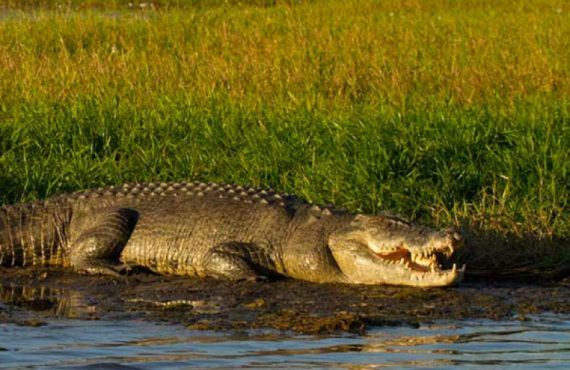
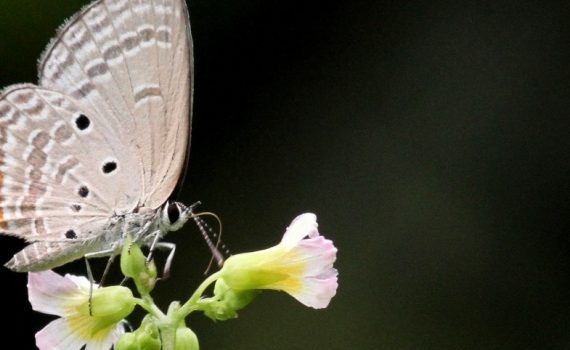
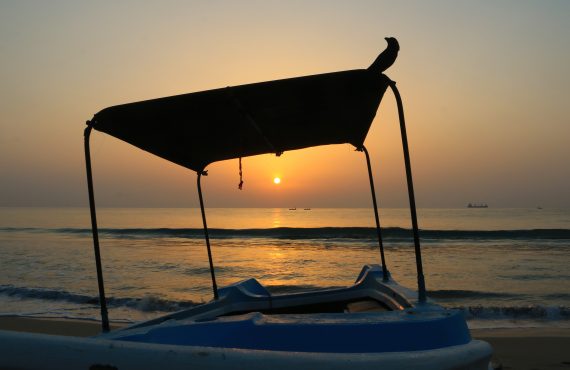
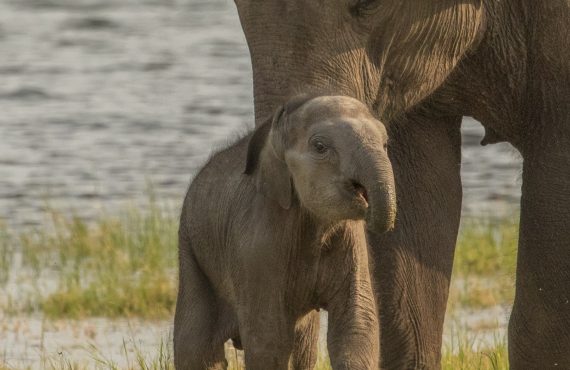
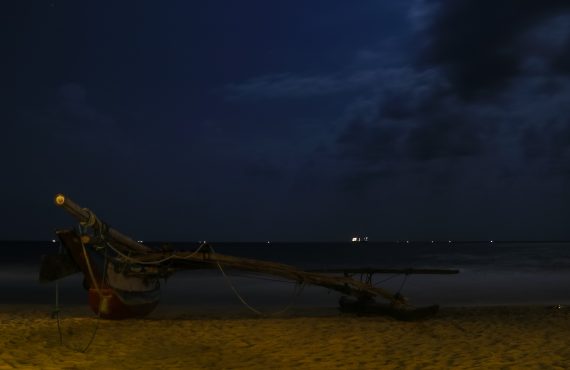


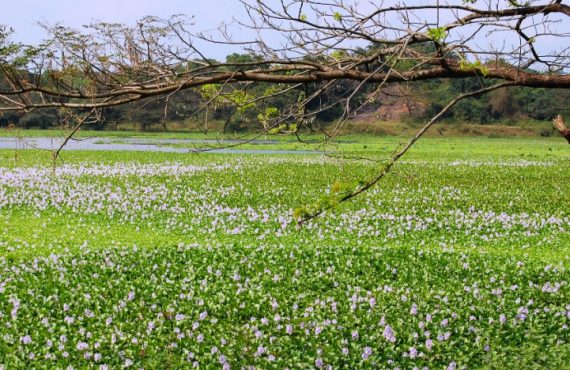


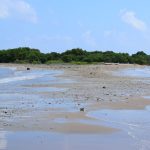

No comments yet.